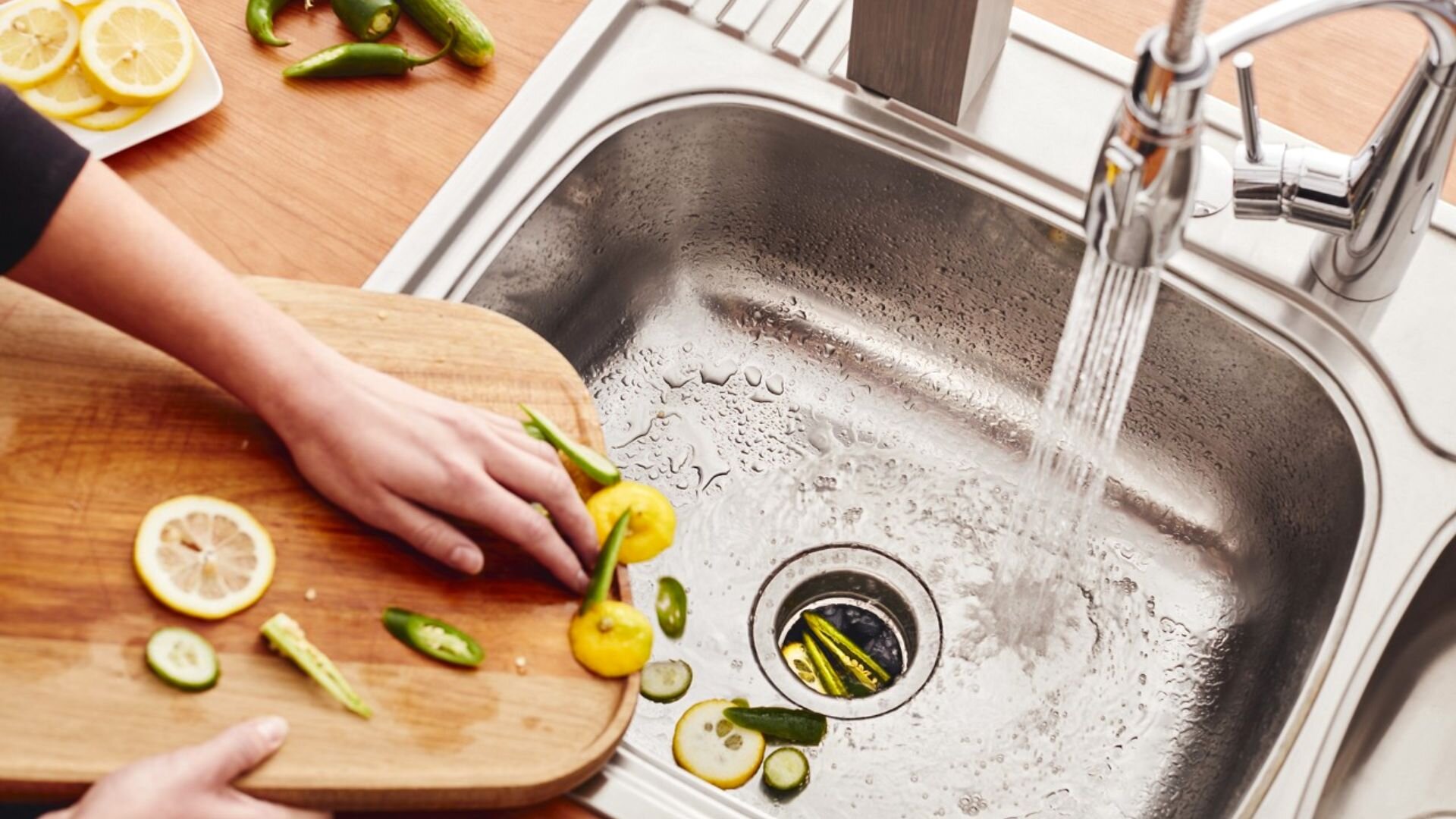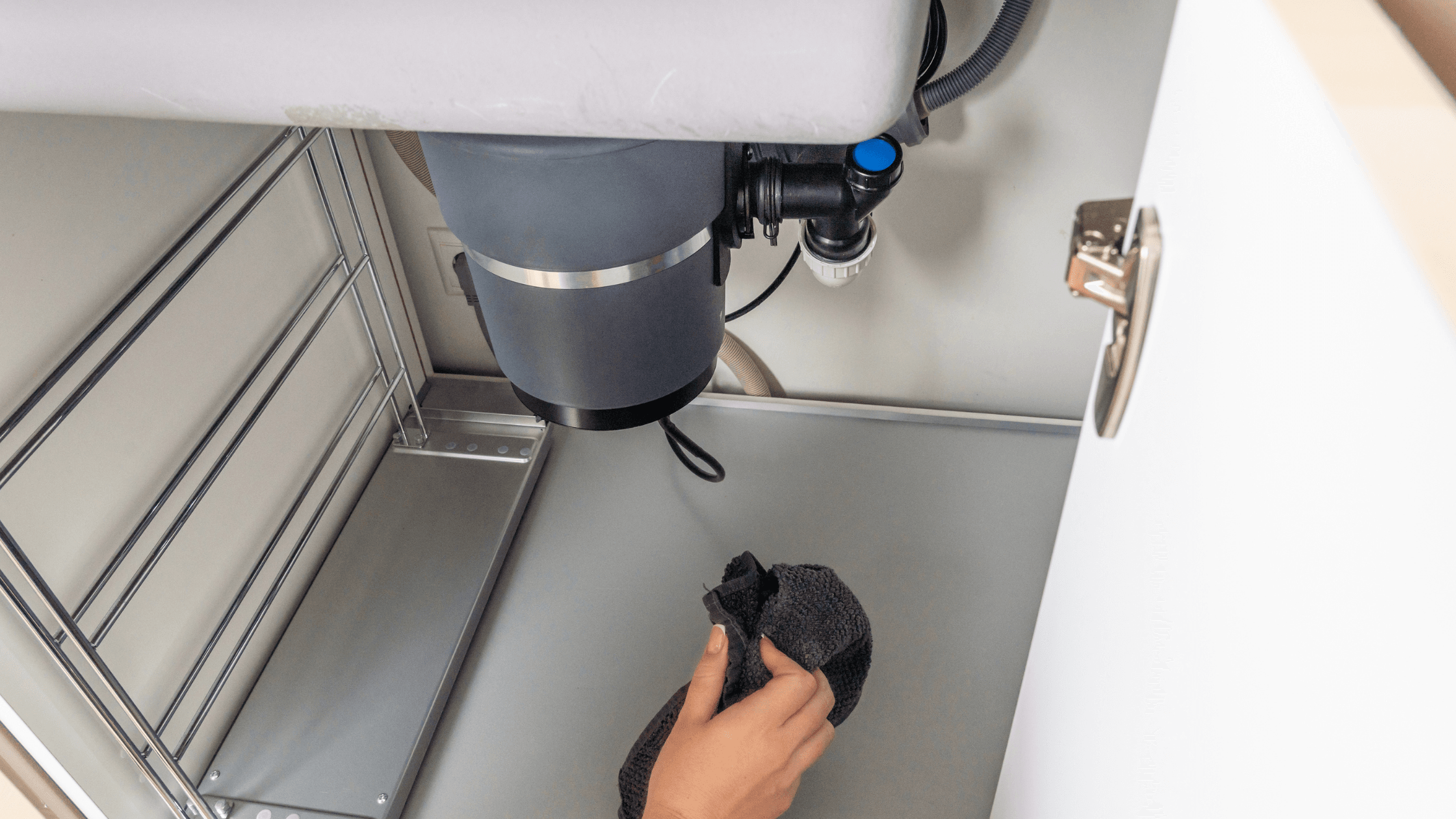Speedy Fixes for a Dripping Garbage Disposal
Speedy Fixes for a Dripping Garbage Disposal
Blog Article
We have found the article about Tips on Fixing a Leaking Garbage Disposal down the page on the web and figured it made perfect sense to share it with you over here.

Garbage disposals are vital kitchen area appliances that help in throwing away food waste efficiently. However, a dripping waste disposal unit can be a discouraging and untidy issue to manage. Fortunately, several leakages can be taken care of easily with a couple of easy actions. In this short article, we will certainly review exactly how to repair a leaking waste disposal unit effectively.
Introduction
Garbage disposals are installed under kitchen area sinks and are made to shred food waste into smaller sized items, allowing it to go through the pipes system quickly. While these gadgets are typically reputable, leakages can happen with time due to deterioration, loose connections, or damages to the system.
Step-by-Step Overview to Taking Care Of a Leaking Waste Disposal Unit
Shut off the Power
Prior to attempting any kind of repair services, ensure that the power to the waste disposal unit system is turned off to prevent the danger of electrical shock.
Locate the Leak
Recognize the exact place of the leakage and figure out the reason
Tighten Links
Use a wrench to tighten up any type of loose connections in between the disposal unit and the plumbing system.
Replace Seals or Gaskets
If the leakage results from used seals or gaskets, get rid of the old elements and replace them with brand-new ones.
Patching Fractures or Openings
For cracks or holes in the disposal device, usage epoxy or an ideal patching product to secure the damaged location.
Determining the Resource of the Leak
Prior to attempting to repair a dripping waste disposal unit, it is essential to identify the source of the leakage. This can generally be done via aesthetic inspection or by carrying out simple tests.
Visual Evaluation
Check the garbage disposal system thoroughly for any signs of water leakage. Pay close attention to locations around seals, gaskets, and connection factors.
Testing for Leakages
One method to check for leakages is by running water with the disposal device and checking for any type of visible indicators of leak.
Common Causes of Leaks in Garbage Disposals
Worn Seals and Gaskets
Seals and gaskets play an important duty in stopping water from leaking out of the waste disposal unit. Gradually, these elements can wear away, bring about leaks around the disposal unit.
Loose Links
The connections in between the garbage disposal and the plumbing system can come to be loosened over time, triggering water to leakage out throughout procedure.
Splits or Holes in the Disposal System
Physical damage to the garbage disposal, such as cracks or openings in the housing, can likewise lead to leaks.
Tools and Products Needed for Dealing With a Dripping Garbage Disposal
Before starting the repair process, gather the necessary devices and products, consisting of a screwdriver, adjustable wrench, plumbing's putty, replacement seals or gaskets, and epoxy or patching material for fixing fractures or openings.
Testing the Garbage Disposal After Repair Service
When the repair service is full, check the waste disposal unit by running water with it to guarantee that the leak has actually been solved.
Preventive Upkeep Tips to Avoid Future Leakages
To prevent future leakages, it is vital to carry out regular upkeep on your garbage disposal. This includes maintaining it tidy, preventing putting non-food things or tough things down the disposal, and periodically looking for leakages or other problems.
Verdict
Finally, taking care of a dripping waste disposal unit is a fairly simple procedure that can be completed with basic tools and materials. By complying with the actions outlined in this article and exercising preventative upkeep, you can keep your waste disposal unit in good working condition and stay clear of expensive fixings in the future.
What to Do About a Leaking Garbage Disposal
A leaking garbage disposal often goes unnoticed until you confront a sopping cabinet, a foul-smelling puddle, or an audible drip-drip-drip from the unit. The fix can be frustrating, too, because the leak can stem from a number of components in the system. Fortunately, with a little sleuthing, you can zero in on the leak and—depending on the exact location—stop the icky oozing and repair the component that caused it. Worst case scenario, if it turns out that the garbage disposal must be replaced, installing a new one is a reasonable do-it-yourself task for those with basic plumbing skills. Read on to keep the cash you’d otherwise hand over to a pro.
Prepare to find the leak
Prior to testing the garbage disposal for leaks, unplug it at the wall outlet and turn off the power from the breaker box to prevent electrical shock. Then insert a watertight sink stopper into your sink drain and wipe the unit dry with a clean cloth. In any handy container, mix a few drops of food coloring into a few cups of water, and pour the dyed water onto the sink stopper to help you locate the leak.
Investigate the source
the top, where the disposal meets the sink drain the side, where the dishwasher hose or main drain pipe connects to the disposal or the bottom of the unit Inspect each of these locations while gliding a light-colored rag over the unit; the dyed water will readily show on the rag and reveal the location of the leak. If a leak isn’t immediately apparent, remove the sink stopper and pour a few more cups of dyed water down the sink drain, then check for leaks again. Leaks near the top of the unit are more likely to show themselves while the sink is plugged, while side and bottom leaks are more noticeable while the sink is unplugged.
The metal sink flange that sits directly inside the sink drain is typically sealed around the top with plumber’s putty (a clay-like sealant) and then secured from under the sink with bolts. If the plumber’s putty deteriorates, or the bolts loosen, the flange can no longer form a watertight seal between the sink drain and the disposal—which could cause a leak at the top of the unit.
To reseal the leaky flange, you must first detach the garbage disposal. Start by loosening the screws securing the main drain pipe to the disposal, then loosen the screws in the metal clamp securing the dishwasher hose to the disposal and detach the drain pipe and dishwasher hose from the disposal. Loosen the screws in the mounting ring that connects the disposal to the metal mounting assembly beneath the sink, then pull down the disposal and carefully set it on a clean, dry surface. Loosen the bolts in the mounting assembly with a wrench, then pull down the mounting assembly and set it near the disposal.

I discovered that page about The Handy Guide To Fixing Your Garbage Disposal Leaking when doing a lookup on the internet. Are you aware of another individual who is fascinated about the niche? Be sure promote it. I enjoy reading our article about Why Is .
Booking Report this page